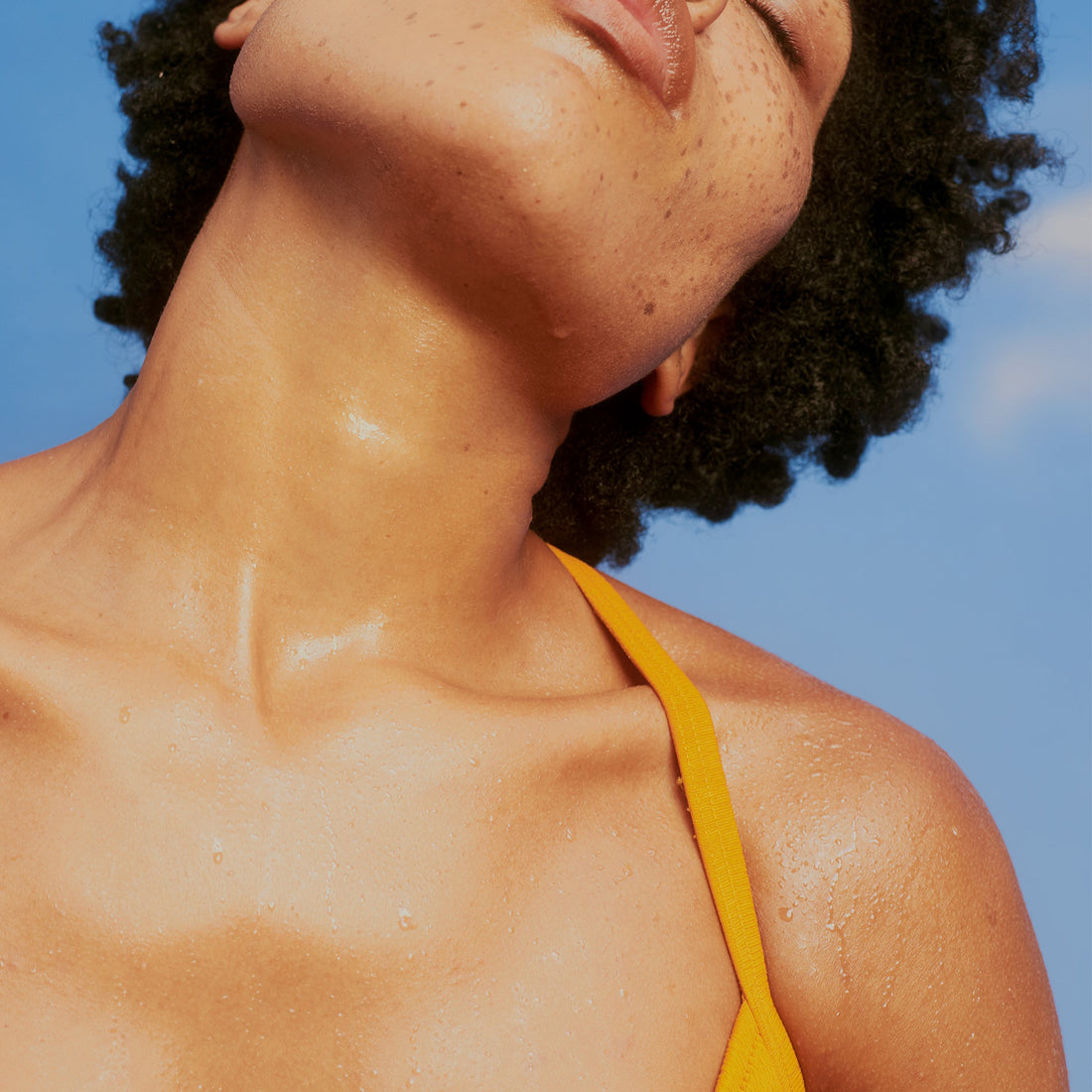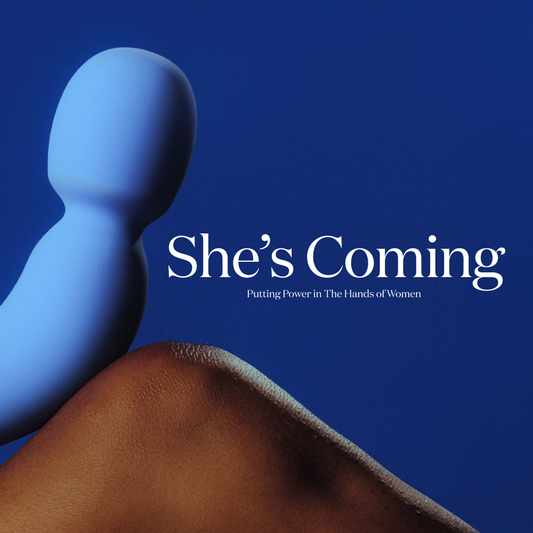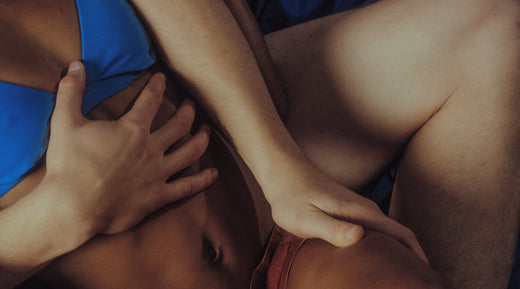September 23 is the 20th annual Celebrate Bisexuality Day, also referred to as Bi+ Visibility Day. The original goal for today was to step away from activism and going on the offensive—proving that we exist or begging for inclusion—and simply feeling celebrated. In spite of this, we keep using today to educate because so many myths about bi+ folks persist. And we internalize them. Only 28% of bisexual folks are out to their loved ones compared to 71% of lesbians and 78% of gay men. Very few of us feel like we belong within the LGBTQ+ community. And so, part of celebrating bisexuality involves liberating ourselves from stereotypes, assumptions, and disempowering narratives.
It seems that no matter how we identify, no matter the words we try to reclaim or the labels we use to affirm ourselves, there is always criticism. We are perceived as greedy fence-sitters, incapable of monogamy, too confused a pick a side, and never queer enough.
Pop culture tells us that bisexuality looks a particular way—a 50/50 split in attraction between men and women, which therefore suggests that we inherently hold binarized ideas about gender. We are pressured to identify as pansexual or otherwise be seen as transphobic. While some bisexual folks do define themselves as being attracted to men and women, there are still so many more who are attracted to many genders or all genders. Bisexuality encompassed non-binary attraction long before the modern usage of pansexual was even coined.
Bi+ identity doesn’t sit at the midway point of a sexuality scale that travels from straight to gay. Some bisexual people lean to one side, some occupy primarily LGBTQ+ spaces, some shift between different labels throughout their lives (and even shift back). There are bi+ folks who claim that gender expression is important to who they find attractive and there are some who describe themselves as attracted to souls, not gender expression.
We aren’t fence-sitters because there isn’t actually a fence. There aren’t two sides to sexuality.
Some bisexual folks are monogamous, some aren’t. No matter how a bisexual person loves, it’s valid and worthy of celebration. But it’s important to note that bisexuality and polyamory are not synonyms. We’re treated as if our entire identity is a performance for men that requires a male and female relational counterpart. But you can be bisexual and completely satisfied dating one person. You can be bisexual and dating multiple people of one gender. The point is that every bisexual person is unique.
We are not too confused to pick a side. Rather, we have chosen our side and nobody believes us. We aren’t fence-sitters because there isn’t actually a fence. There aren’t two sides to sexuality. It’s a spectrum.
These harmful stereotypes about bisexual identity have real-life consequences. We often hear that bi+ folks are only “half gay” and therefore do not experience marginalization to the degree that gay and lesbian folks do. This is used to dismiss the impacts of homophobia and biphobia in our lives. It positions us as a hyper-privileged community rather than one struggling to be heard, seen as valid, and taken seriously. When we describe our experiences, it almost feels like the response is: “Stop whining.”
According to the Human Rights Campaign, bi+ youth struggle with a lot of the same issues as their lesbian and gay peers, and then some. They reported lower levels of family acceptance and social support, less awareness of safe spaces in which to learn self-acceptance, lower levels of happiness, and were less likely to “come out” than their gay and lesbian peers. The largest group of LGB youth experiencing homelessness identify as bisexual.
Adult bi+ folks report higher rates of employment and workplace discrimination, difficulties seeking immigration relief, physical violence, and worse mental and physical health disparities. Bisexual folks, and especially bisexual women and femmes, face shockingly high rates of sexual violence and intimate partner violence. Forty-six percent of bisexual women reported that they’d been raped compared to 13% of lesbian women and 17% of heterosexual women.
Queerness is not measurable, but if it was, we would still be queer enough.
This is not about campaigning to be The Most Marginalized; it’s about facing the reality that all sexual minorities have to navigate certain biases and discrimination. It’s about acknowledging that lesbian and gay folks are guilty of those same biases and participate in that discrimination, as research has shown for years. The double discrimination bisexual folks face informs bisexual mental health disparities and struggles to find social acceptance and safe spaces. How, then, are we still forced to defend our right to complain, to take up space?
Even though 29% of bisexual youth reported frequent verbal harassment and slurs, we are still often told that we cannot participate in the reclamation of those slurs the way gay/lesbian folks can. Even though bisexual women and non-binary folks have always used words like butch and femme to describe themselves, we still hear that we should use alternatives like doe, tomcat, and stag, or otherwise be seen as lesbophobic. These narratives participate in keeping us excluded from the wider LGBTQ+ community. They are subtle forms of gatekeeping.
Queerness is not measurable, but if it was, we would still be queer enough. I am tired of proving my queerness to others. I am exhausted when I think of how many sexual experiences I collected—experiences I’m not sure I even wanted—just to say that my identity was real. Heterosexual folks are free to identify as such before making their sexual debuts; bisexuals should be free to do the same. Sexual orientation can describe behavior to a degree, but it is also about our capacity for attraction and how we see ourselves. It’s deeply personal. And it’s offensive that other people think they know us better than we know us.
This Celebrate Bisexuality Day, I hope the awareness of these stereotypes and the wisdom that they do not reflect our reality is empowering for bisexuals. I hope it reminds us that we deserve to take up space, that we belong in the LGBTQ+ community, that this label is valuable and important. We still have a long way to go in combating bi-erasure, bi-invisibility, and biphobia, but today is not about that. Today is about knowing who we are, and knowing that who we are is okay.




















































